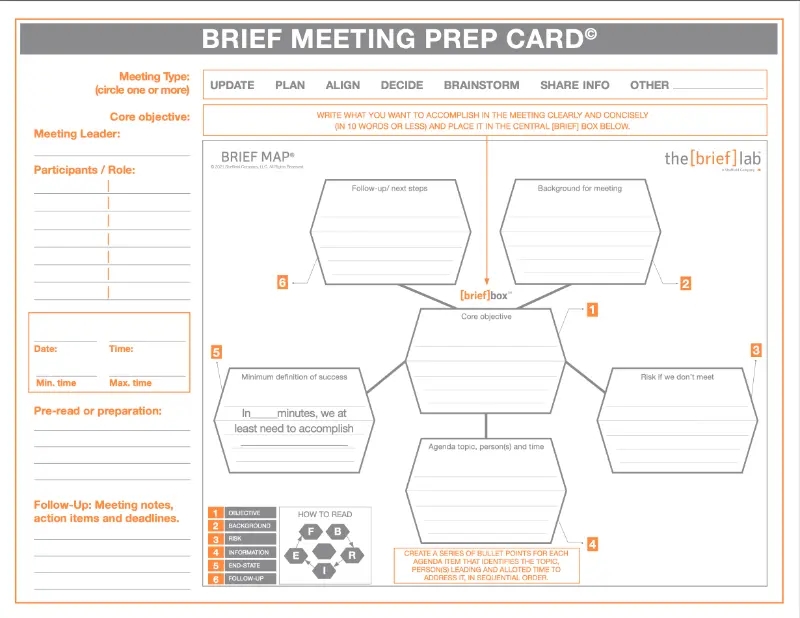Few parents want to give kids unlimited access to social media, video games, texts, and emails. Problem is, these forms of digital distraction are so deeply ingrained in our culture that it’s hard for parents to pull back the reins.
Joe McCormack says you don’t have to throw out your kids’ devices or reject the ways of the modern world. But there are some practical, easy, doable ways to help kids reduce their screen time so they can start thriving IRL (that’s cyberspeak for “in real life”). A few tips:
Talk to teens about technology in terms of “balance.” By the teen years, most kids have smartphones, tablets, and laptops of their own. That’s not likely to change. Besides, there are benefits to technology, and kids will surely need to navigate it when they enter the adult world. But rather than just imposing strict limits, explain to them that while there’s a place for screens, they should never displace time with family, friends, homework, and other responsibilities.
Monitor your child’s use of social media. Periodically check their phone. Browse their internet history. Know what your child is doing online. Social media exposes kids to a world of comparison, bullying, exclusion, FOMO, and isolation. Fight against this by first having a discussion about cyberbullying, why it’s wrong, and what to do if your child encounters it. Then set healthy limits on how much time (if any) your child is allowed on social media.
One great way to limit your child’s smartphone use is the 7-to-7 rule. After 7:00 p.m., everyone puts away their phones for the night and doesn’t pick them up again until 7:00 a.m. the next day. This habit reduces screen time and allows for other regenerative activities like reading, conversations, meditation, and exercise.
Make (tech-free) family time a priority. Schedule some fun family events on nights and weekends where you all unplug together and enjoy living in the moment. Some ideas include camping trips, playing board games, going out to dinner, taking a road trip, or visiting an amusement park.
Have deviceless dinners. Dinner time can be a sacred time for families. Make a family pact to totally disconnect and enjoy each other’s company while you share a meal together. Take turns talking about your day and really connect with each other.
Set up “unplugged” hangouts with friends. Encourage your kids to build meaningful in-person friendships with their peers—not just via text or social media. Chaperone a group outing (minus phones and other devices) to the bowling alley, the beach, or a nearby park.
Designate screen-free areas at home. The places your kids (and you) sleep, converse, and eat should generally be free of technology, especially screens. For example, replace the television in the living room with beautiful artwork or family photos. Replace the computer monitor in the living room with a cozy chair and some nice bookshelves to create a reading nook.
Enforce a reasonable bedtime—especially during the school week. Eighty-six percent of students take their phones with them to bed. Further, teenagers need to get more than nine hours of sleep a night, but they are lucky to get seven.1 Get your kids in the habit of getting plenty of sleep; their developing brains need time to recharge.
Be on the lookout for depression. With teen (and even tween) depression and anxiety at an all-time high, parents need to be vigilant about knowing what’s going on in the lives of their children. Look for warning signs that your child may be suffering; remember, they might not voluntarily share with you that something is going on. Check in with them regularly, and assure them that if they are struggling, you are here to listen, support them, and help them get help.
Help them get physically active. “Encourage your kids to spend time being physically active—and not on the couch glued to their devices,” says McCormack. “Some great forms of physical activity include bike riding, dance classes or gymnastics, marching band, running, or playing a sport at school.”
You can’t completely remove technology from your kids’ lives, nor should you—but you can help them build a healthier relationship with it. Live by example and show them how to be more discerning about what they let in. Helping them say “no” to noise empowers them to develop personally, socially, and emotionally in healthy ways. It’s a life skill that will serve them well as they grow into adulthood and beyond.
# # #
- “Sleep Disorder Statistics—Research and Treatments,” American Sleep Association,
2019, www.sleepassociation.org/about-sleep/sleep-statistics/.

